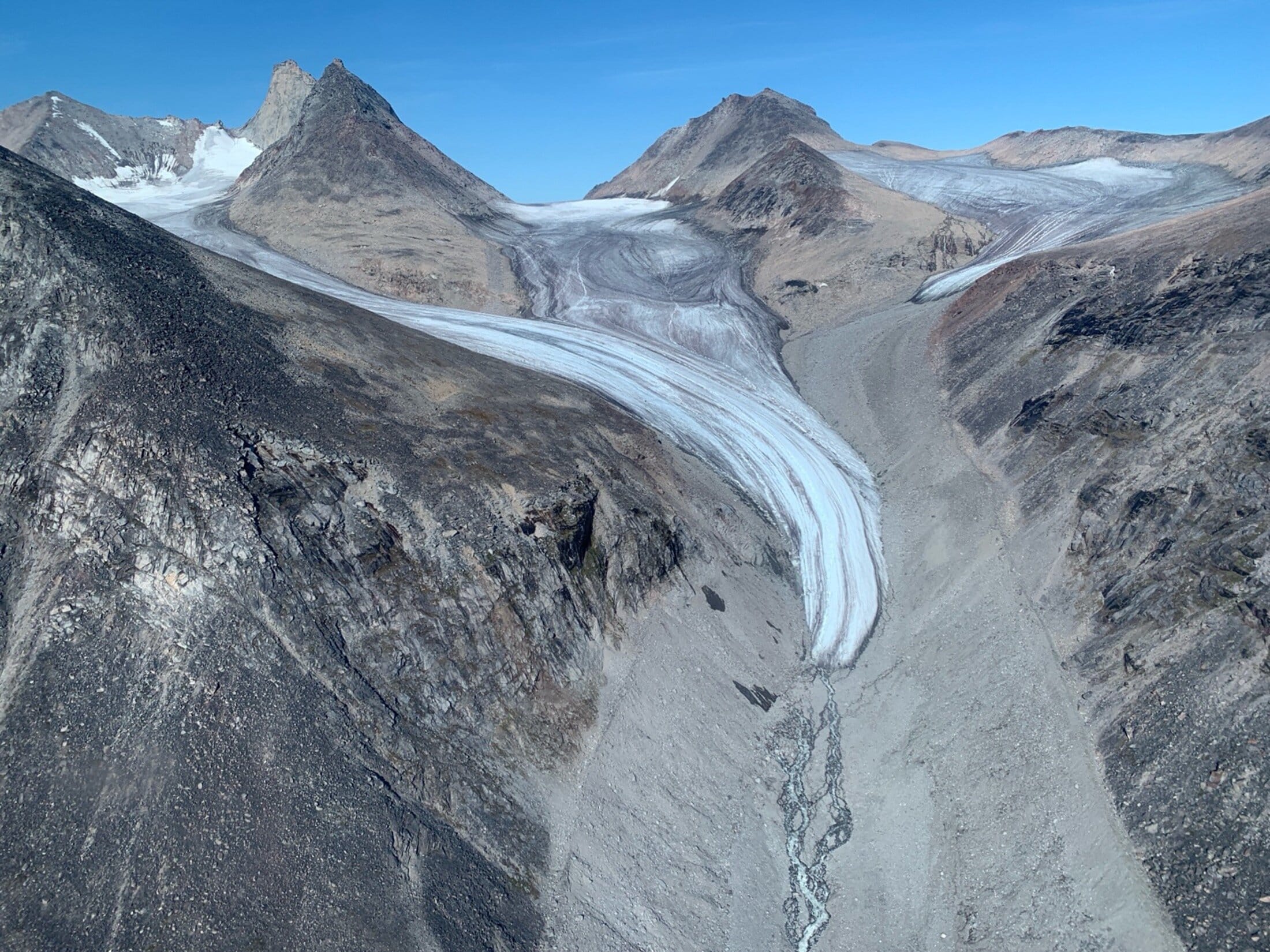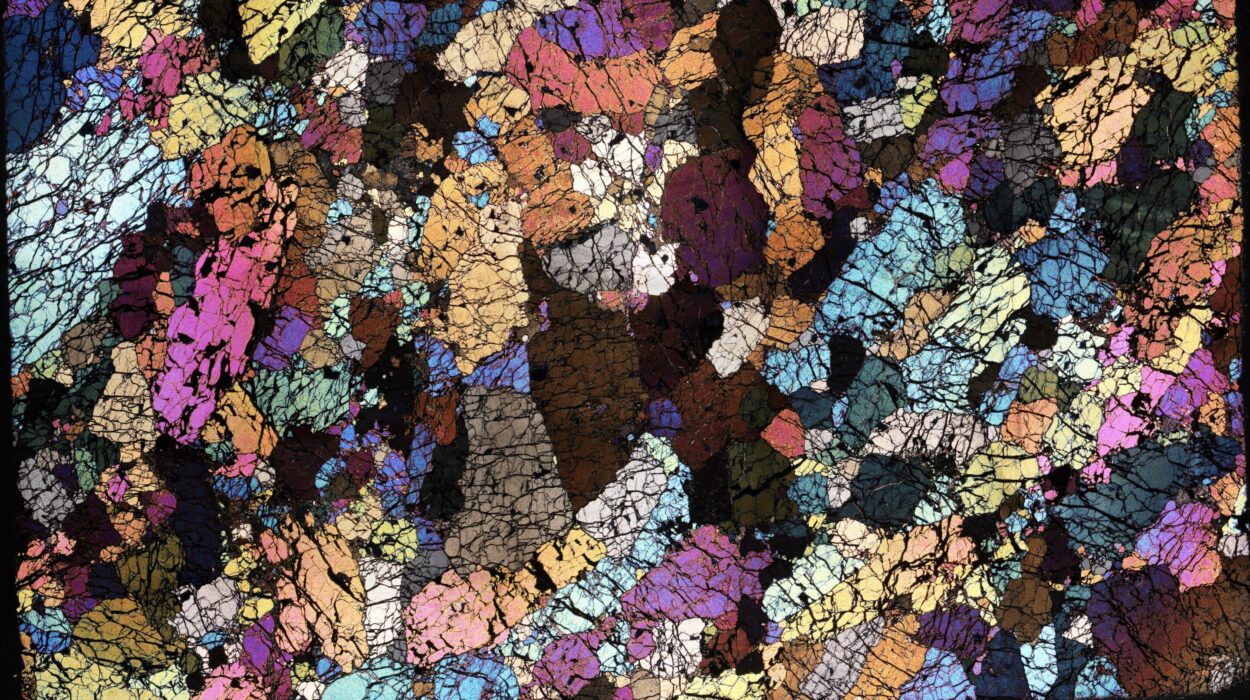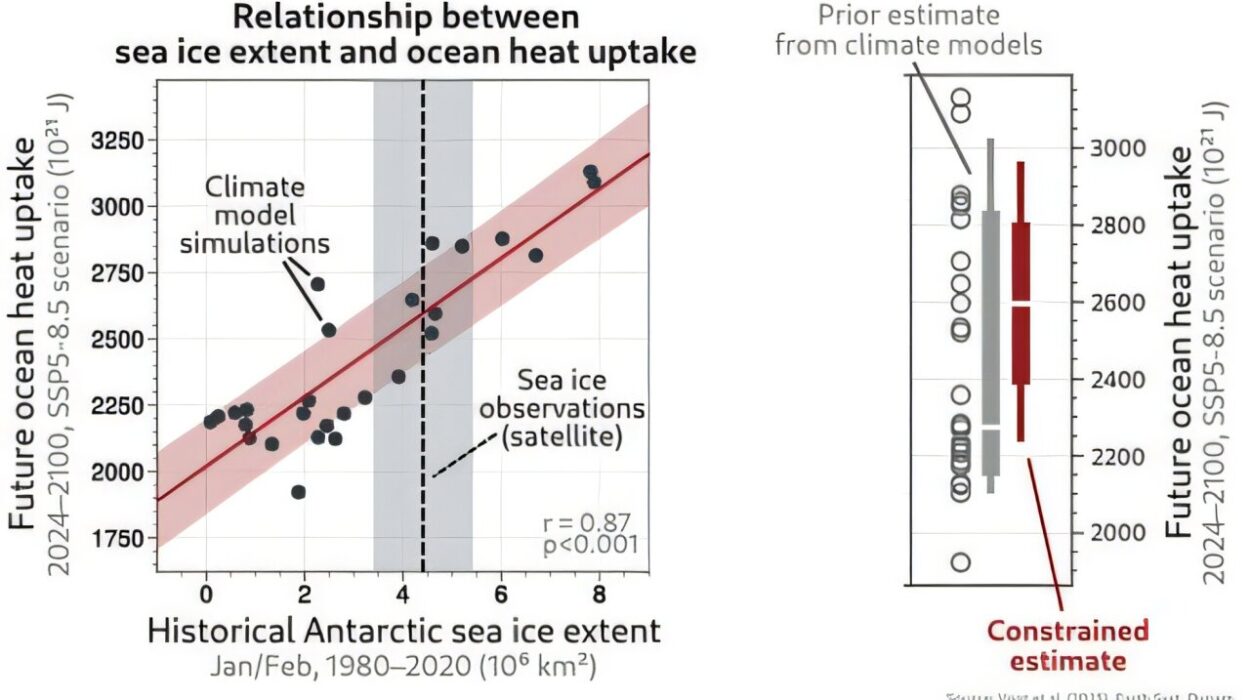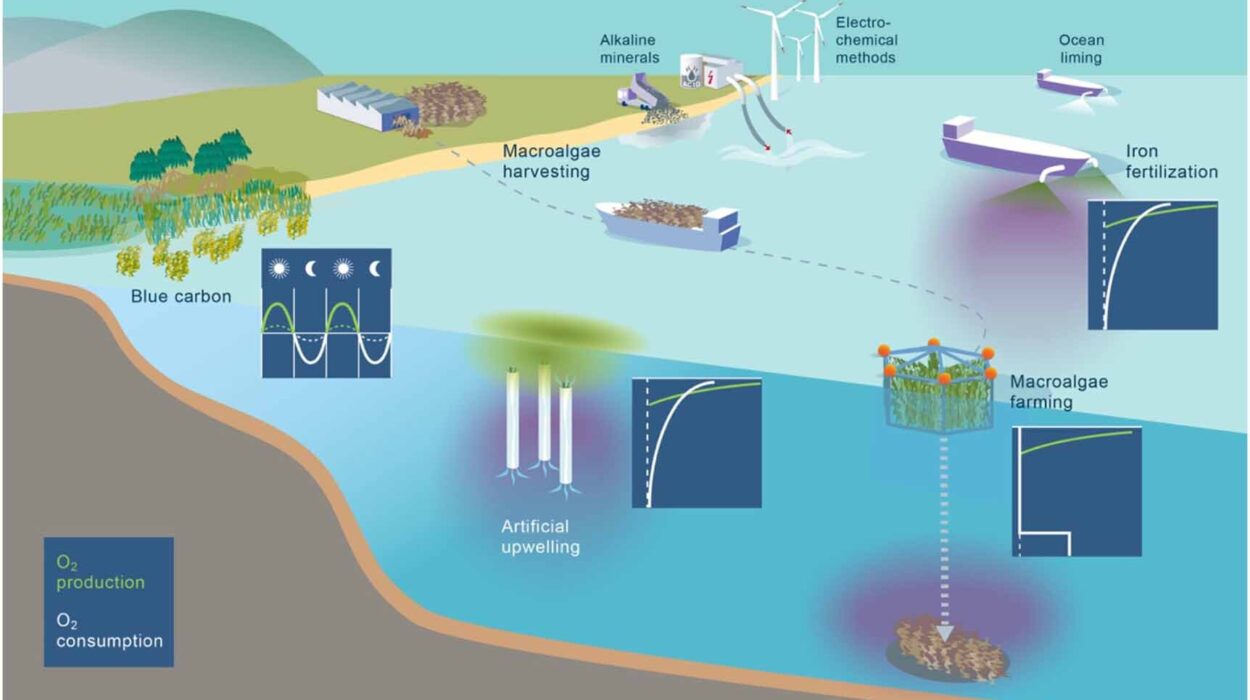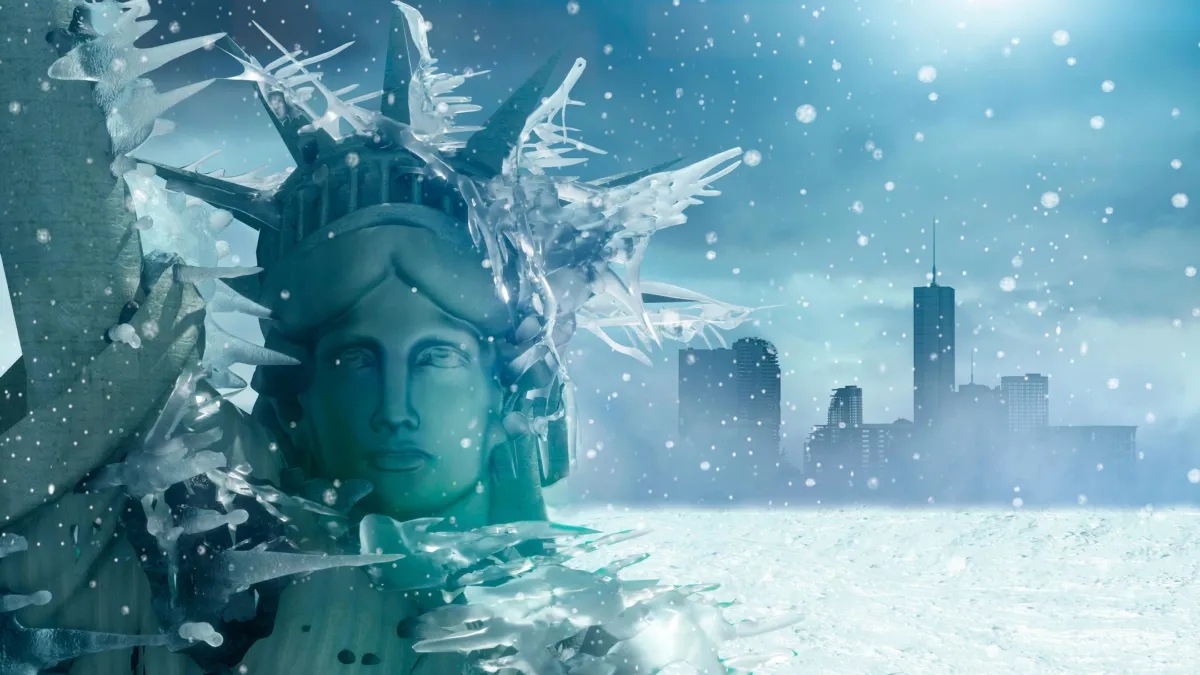They carved the dramatic valleys of Banff, scraped Ontario clean to scatter the fertile soils of the Prairies, and continue to grind mountains into dust. Glaciers are among the planet’s most powerful sculptors — slow-moving rivers of ice capable of transforming entire landscapes. But one question has puzzled scientists for decades: just how fast do these frozen giants reshape the Earth beneath them?
A new study in Nature Geoscience offers the most detailed answer yet. Led by University of Victoria geographer Sophie Norris, an international team of researchers has provided the clearest global view of how rapidly glaciers erode rock — and how those rates might shift in the future. Their findings shed light on a process that shapes our coastlines, feeds our rivers, and even influences where humans can safely store nuclear waste.
Measuring the Invisible Force Beneath the Ice
For centuries, scientists have known that glaciers sculpt landscapes by grinding away the bedrock beneath them, a process powered by both the ice’s immense weight and the water that flows through and under it. But measuring that erosion is notoriously tricky. Glaciers tend to occupy remote, harsh environments, and their bases — where the real action happens — are hidden hundreds of meters below the surface.
“The conditions that lead to erosion at the base of glaciers are more complicated than we previously understood,” says Norris. “Our analysis found that many variables strongly influence erosion rates: temperature, amount of water under the glacier, the type of bedrock, and even how much geothermal heat comes from inside Earth.”
By harnessing machine learning, Norris and her team analyzed erosion patterns for 85% of modern glaciers — over 180,000 ice masses across the globe. Their regression equations show that 99% of glaciers erode at rates between 0.02 and 2.68 millimeters per year. That may sound minuscule, but over decades and centuries, it’s enough to carve valleys, deposit sediments, and completely reimagine the topography.
To put it into perspective: the annual wear is roughly the thickness of a credit card — yet multiplied across vast ice sheets, it’s a geological force capable of remaking continents.
Global Insights From Remote Data
The team’s approach is groundbreaking not only in scope but in its reach. Using data-driven models, they were able to estimate erosion rates in regions where field measurements are nearly impossible, from the frozen wilderness of Antarctica to the rugged peaks of the Himalayas.
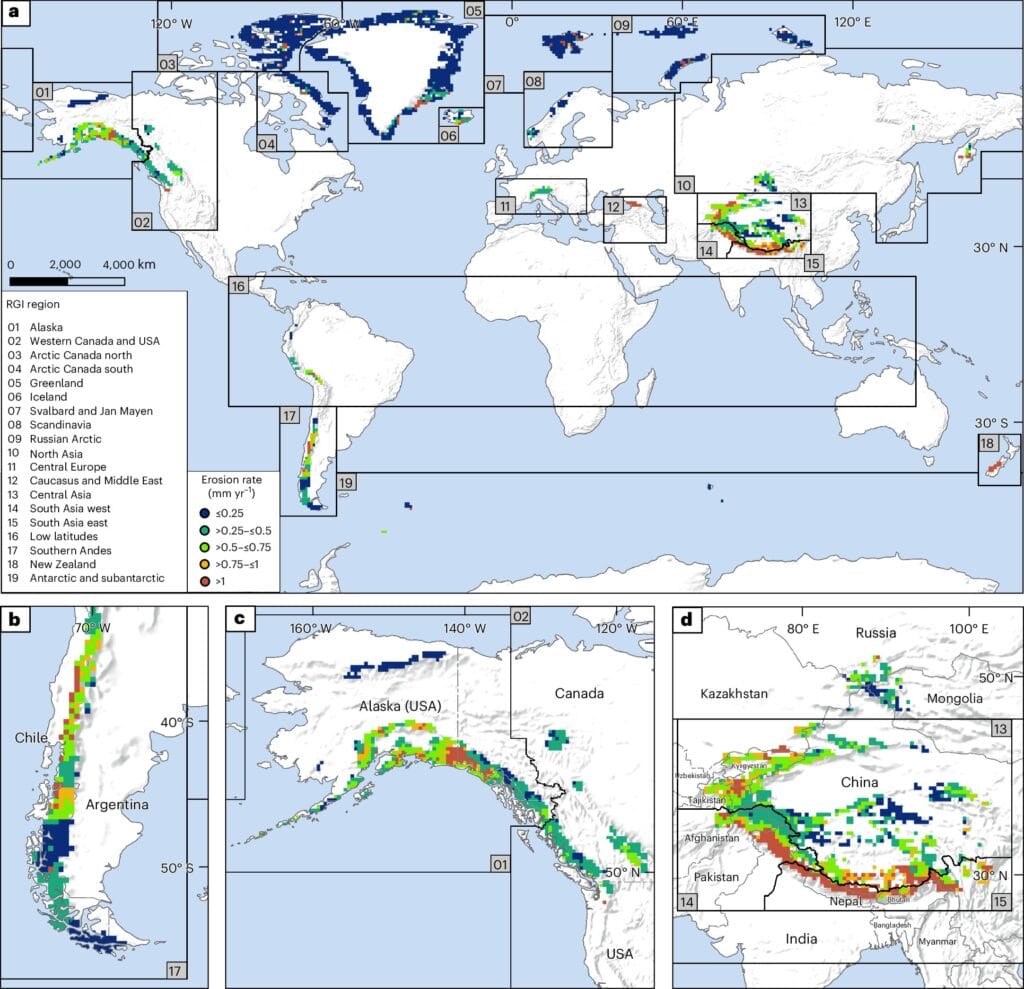
“Given the extreme difficulty in measuring glacial erosion in active glacial settings, this study provides us with estimates of this process for remote locations worldwide,” says John Gosse, a geologist at Dalhousie University who collaborated on the project.
These erosion estimates are more than an academic curiosity. The movement of rock and sediment under glaciers has far-reaching implications. It determines how nutrients flow into rivers and oceans, influencing ecosystems from salmon-bearing streams to plankton-rich polar seas. It also affects the stability of landscapes — information that’s crucial for industries and governments managing infrastructure, resources, and waste.
Why This Matters for the Future
One of the most striking aspects of the research is its forward-looking potential. By understanding the factors that control erosion rates, scientists can project how these processes will change as the climate warms and glaciers retreat. In a warming world, meltwater under glaciers may increase, altering erosion rates and the downstream transport of sediments and nutrients.
The findings are already informing practical decisions. The work was carried out in partnership with Canada’s Nuclear Waste Management Organization, which is exploring the long-term stability of potential storage sites. Glaciers may be slow movers by human standards, but over the tens of thousands of years that matter for nuclear safety, even millimeter-scale erosion becomes significant.
An International Effort
The project reflects the global nature of glaciology today. Norris began the research during her post-doctoral fellowship at Dalhousie University, later completing it at UVic. Her collaborators spanned continents — including the University of Grenoble Alpes in France, Dartmouth College and Pennsylvania State University in the U.S., and the University of California, Irvine.
Together, the team has created a blueprint for understanding one of the planet’s most persistent geological forces. It’s a force so slow we rarely notice it — yet without it, the landscapes we know today, from the fjords of Norway to the rolling Canadian Prairies, would not exist.
As Norris puts it, “Glaciers are storytellers. They write their histories in valleys and moraines, in the sediments they carry and the mountains they wear down. Now, we can read those stories more clearly than ever before.”
More information: Sophie L. Norris et al, Drivers of global glacial erosion rates, Nature Geoscience (2025). DOI: 10.1038/s41561-025-01747-8
